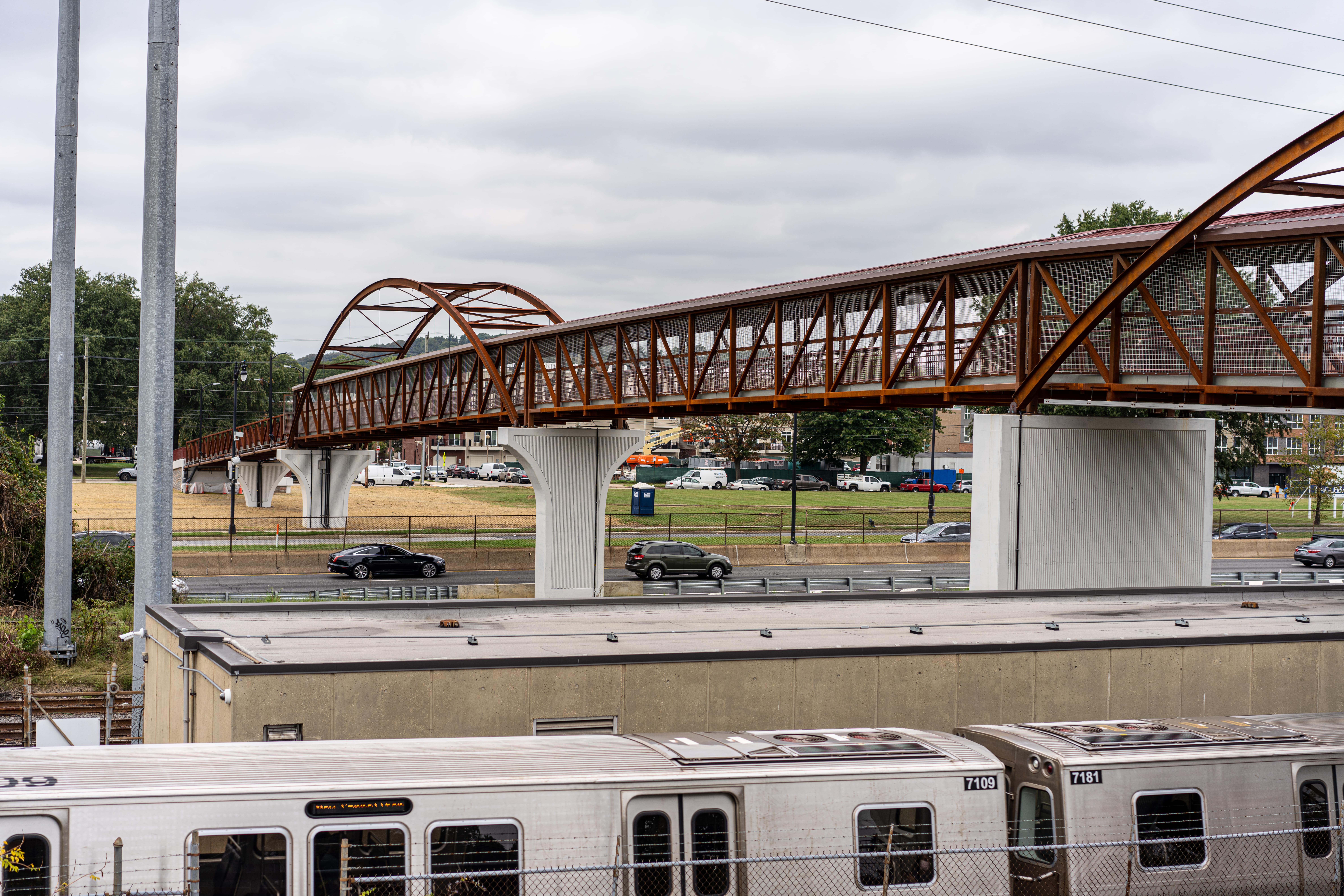WHAT IS A WICKET GATE? A wicket gate is a movable dam that is used to help maintain a navigational pool in a river. During periods of low water, wicket gates are raised to slow the river’s flow and create a deeper pool for barges and other vessels to navigate.
HOW DID FRP BECOME A 21ST CENTURY MATERIAL CHOICE?
The Army Corps of Engineers adopted the use of movable wicket dams for U.S. waterways in 1880 and launched a large-scale civil works program in the late 19th and early 20th centuries. The Corps began replacing aging wooden wicket dams in the 1950s with concrete and steel. Corrosion of wood and steel prompted the Corps to look at Fiber Reinforced Polymer (FRP) composites. A development effort between the Corps, West Virginia University and Creative Composites Group (CCG) produced and tested a full-scale gate. Prototypes were installed at the Peoria Lock & Dam on the Illinois River in 2015. A 2016 inspection of the 16-foot-long, 4-foot-wide, 8-inch-thick composite gates confirmed the composite structures met performance requirements.
WHEN DID FRP WICKET GATES TRANSITION TO FULL SCALE PRODUCTION?
In Phase 1, 55 FRP wicket gates were delivered to La Grange, Illinois and 54 gates to Peoria, Illinois in 2023. In 2025 Phase 2 saw the production and delivery of 64 FRP wicket gates to La Grange and 61 gates to Peoria.
WHAT ARE THE BENEFITS OF USING FRP WICKET GATES?
CCG’s partnership with the Corp dates back more than a decade. Manufactured with vacuum infusion molding, FRP exhibited superior strength, minimal deflection, corrosion resistance, zero maintenance and longer service life. The Corps calculated that over a 50-year service life, the federal agency would save approximately $19 million. In addition to FRP’s mechanical properties, CCG’s composite products are made in the U.S. The composite manufacturer provides customers with a total supply chain solution from design to production and delivery.
WHAT DID A RECENT EVALUATION OF FRP WICKET GATES REVEAL?
The Corps recently issued a Contractor Performance Assessment Report (CPAR) following completion of Phase 2. CCG received a high rating in evaluations that included quality, schedule, management and regulatory compliance. As a result, the Corps is actively expanding its use of FRP gates, structures and wicket gates. FRP has become a core element of the Corps’ strategy to modernize its aging infrastructure.
